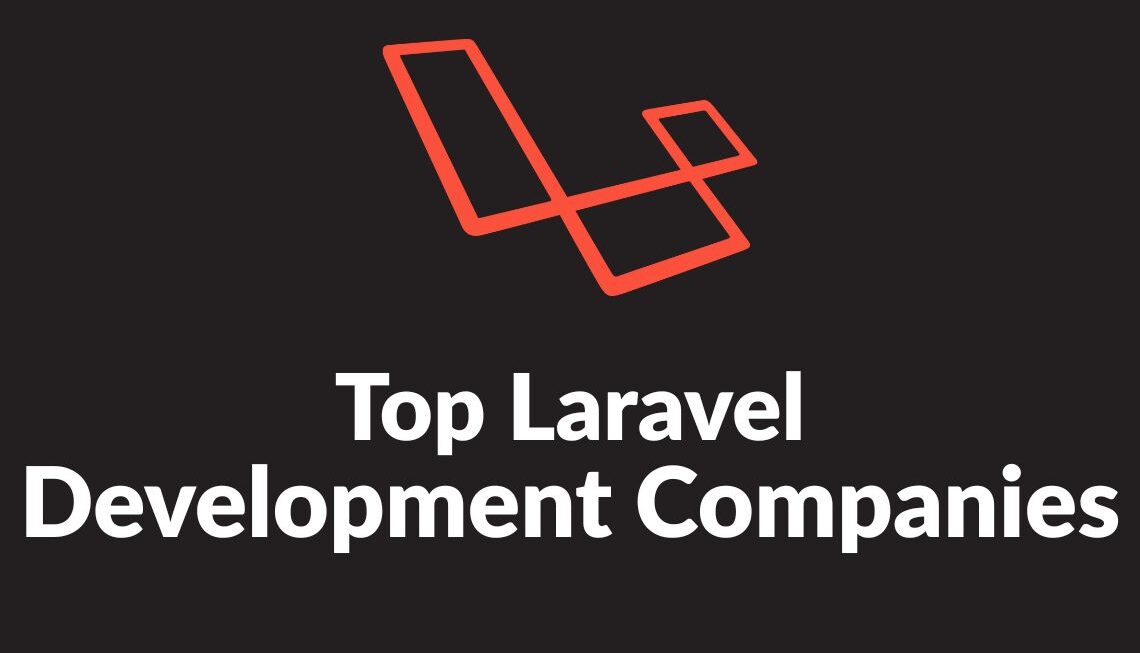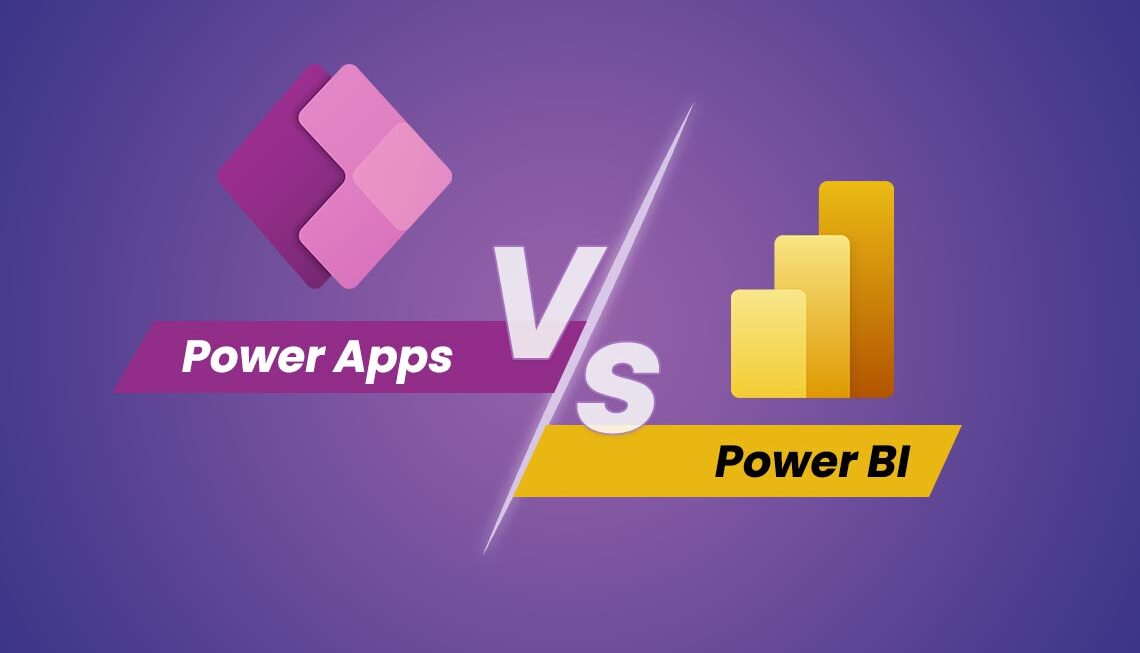Have you ever considered how organisations today depend on safe, well-managed IT systems to keep everything running smoothly, from day-to-day operations to long-term decisions? However, it is difficult to keep up with rapidly evolving technology like cloud platforms, AI, machine learning, and big data analytics. Organisation must also deal with growing cybersecurity risks and more stringent compliance regulations.
Rather than just the technology itself, many teams struggle with a lack of time, resources, or internal knowledge to adequately manage everything. As a result, more companies are turning to outside help for IT management and strategic direction.
Despite having the same titles, IT services and IT consulting—for example, IT consulting services in Australia—are two common tactics that have distinct functions. In order to enhance business operations, IT services usually focus on actual implementation, which entails putting up tools, systems, and solutions.
IT consulting, on the other hand, adopts a more comprehensive perspective and offers strategic advice on how the business may use technology more successfully to achieve its goals. Both are becoming more and more in demand.
What Do IT Consulting Services in Australia Actually Cover?
Many people hear “IT Consulting Services in Australia” and think of audits or documentation. But the scope is much broader.
Here’s what IT Consulting Services in Australia typically helps with:
Clarifying the organisation’s technology direction
Consultants assist teams in responding to queries such as:
• Which systems should be upgraded first?
• Which systems/tools support our long-term objectives?
• What needs to be rebuilt, integrated, or automated?
Businesses preparing for digital transformation or moving to cloud settings will find this very useful.
Assessing existing technology gaps
An objective examination of:
- Antiquated systems;
- Cybersecurity flaws;
- Delays in workflow;
- Issues with data management
This aids organisations in setting priorities.
Choosing the right architecture
Modern platforms, cloud options, microservices, or traditional monolithic designs all have pros and cons. Consultants guide teams in selecting the best fit for scale, cost and maintenance.
Preparing for new technology adoption
Consultants outline:
- How the change will impact teams
- How to train people
- How to roll out changes without disruption
This avoids the common scenario of “good technology that nobody uses.”
Understanding Software Development Services in Australia
If consulting sets the direction, software development is the execution — building the solution.
Here’s what organisations use software development services in Australia for:
Custom systems for business processes
Off-the-shelf systems don’t always fit unique operational needs. Custom development helps create:
- Workflow tools
- Booking systems
- Data dashboards
- Inventory/operations platforms
Modernisation of legacy systems
Many Australian organisations still run:
- Outdated desktop apps
- Unsupported databases
- Old ERP modules
Modernising these improves performance, security, and scalability.
Cloud-native application development
Teams increasingly need solutions built for:
- AWS
- Azure
- Google Cloud
This allows flexibility, lower infrastructure cost, and easier scaling.
Integration of multiple systems
Development services often include creating APIs or connectors so that tools “talk to each other” instead of operating in silos.
Why IT Consulting and Software Development Work Best Together?
A common challenge in organisations is the separation between strategy (consulting) and execution (development). This disparity frequently results in: misaligned expectations; delays; unclear needs; technical debt; and costly rebuilds down the road.
When development and consulting are in sync:
The same concept of goals permeates the entire process.
Strategy flows immediately into implementation.
Developers consider the long-term effects of their work.
Coding with design, scalability, and future goals in mind is more important than simply “coding what’s requested.”
Decisions can change as the project progresses.
Instead of strictly adhering to out-of-date specifications, good teams use input to improve the solution.
Organisation acquire transparent progress and realistic timelines.
Since the knowledge foundation for both planning and execution is the same.
Common Mistakes Organisations Make (and What They Mean for Projects)
These problems are common in digital projects in Australia:
(1) Beginning development without specific objectives causes budget inflation, delays, and scope revisions.
(2) Failing to verify that current systems are prepared
If data is incorrect, servers are unable to manage additional loads, or procedures are not defined, new software cannot operate effectively.
(3) Ignoring user experience and internal adoption
Even the best system fails if employees don’t feel comfortable using it.
(4) Underestimating long-term maintenance
Development is not a one-off event — systems need updates, security patches and enhancements.
What This Means for Australian Businesses?
The takeaway is simple: IT consulting helps you understand what you should build. Software development builds the solution in a practical, scalable way.
When combined, they assist organisation in:
• Lowering operational friction;
• Modernizing outdated systems;
• Improving cybersecurity;
• Adopting cloud and automation; and
• Turning technology into a competitive advantage.
Organisations that adopt a structured approach to planning and development experience easier changes and more sustainable growth, especially considering the speed at which Australia’s digital ecosystem is changing.
Comprehending IT Services: Cost and Benefits
When organisations invest in IT services, they’re not just paying for technical support — they’re gaining access to specialised expertise, modern technologies, and smoother operations. These services often reduce the need for large in-house IT teams, boost performance, and provide more predictable spending, especially in areas like custom software development.
To understand how IT services are typically priced, it helps to look at the most common pricing models used across the industry:
1. Hourly or Daily Rates
This model is popular for short-term work or situations where the project scope isn’t fully defined. Companies are billed for the actual time IT professionals spend on the task. Rates vary depending on region and service type. In the United States, hourly costs often range from $100 to $149. In Poland, rates are generally between $50 and $99.
2. Project-Based Pricing
Here, the client pays a fixed amount for a clearly defined project with agreed deliverables and timelines. The total cost can range from a few thousand dollars to tens of thousands, depending on complexity, features, and required expertise.
3. Fixed Monthly Rates
A predictable monthly fee that covers ongoing support. This can include services such as:
- Network monitoring
- System maintenance
- Software updates
- Help desk support
It’s ideal for businesses that prefer consistent, bundled IT services.
4. Per User or Per Device Pricing
In this model, organisations are charged based on how many users or devices receive support each month. It’s a good fit for businesses wanting predictable, standardised support across their entire workforce or infrastructure.
5. Retainer Agreements
A business pays a recurring fee to access a set level of IT support whenever needed. Retainers offer peace of mind — support is available without renegotiating costs every time an issue arises.
Why Companies Outsource IT Services?
There are many reasons organisations choose external IT partners to handle their technology needs:
- Cost savings: Reduces the need to hire and train full-time IT staff.
- Improved efficiency: Experts handle tasks quickly and accurately.
- Access to high-level specialists: Providers bring skills that may not exist in-house.
- Flexibility and scalability: Services can expand or shrink based on changing business needs.
- Stronger security: Professional teams stay updated on threats and best practices, helping protect the organisation from cyber risks.
Overall, IT services help businesses stay agile, secure, and competitive in an increasingly digital world.
Exploring IT Consulting Costs and Their Impact on Business
The cost of IT consulting can vary widely depending on factors such as location, the size of the consulting company, project complexity, and the technologies involved. To help make sense of it, here’s a breakdown of the most common pricing models used in the consulting world:
1. Hourly or Daily Rates
Many consultants charge based on the time they spend working — either hourly or daily. This approach gives clients flexibility, especially when the project scope may evolve, but it can make budgeting a bit unpredictable.
Typical rates differ by region and expertise level:
- United States: $100 to $250 per hour
- Western Europe: $100 to $150 per hour
- Eastern Europe: around $50 per hour
2. Project-Based Pricing
In this model, the consulting team sets a fixed price for a clearly defined project.
Clients know exactly what they’ll pay, making this approach ideal when the scope and deliverables are well understood.
3. Value-Based Pricing
Here, the cost is tied to the value the consulting service brings to the business rather than the time required.
This often applies to high-impact strategic work.
In many cases, top-tier consultants may charge around 10% of the total project value when using this model.
How IT Consulting Supports Business Growth?
Beyond pricing, the real question is: What do companies gain from IT consulting?
IT consultants play a key role in helping organisations use technology more effectively. Their support often includes:
- Aligning tech solutions with business goals
- Improving internal processes and workflows
- Reducing unnecessary IT spending
- Integrating new or emerging technologies
- Strengthening security and compliance
- Creating scalable systems that grow with the organisation
By bringing both technical knowledge and strategic insight, consultants help organisations modernise with confidence and make smarter technology decisions.
IT Services vs. IT Consulting: Understanding the Key Differences
Choosing the right type of technology support starts with understanding the difference between IT services and IT consulting. While both play important roles, they address different needs within an organisation. Here’s a simplified breakdown of how they differ:
How They Compare
| Feature | IT Services | IT Consulting |
| Nature of service | Operational, hands-on | Strategic, advisory |
| Focus | Managing and maintaining IT systems | Aligning technology with business goals |
| Time frame | Ongoing, continuous support | Project-based or long-term strategic partnerships |
| Deliverables | System maintenance, troubleshooting, user support | Tech assessments, recommendations, roadmaps |
| Scope | Broad, covering most areas of IT infrastructure | Targeted toward specific challenges or improvements |
| Client interaction | Mostly reactive — responding to daily needs | Proactive — guiding decision-making and future planning |
| Pricing model | Often subscription-based or pay-as-you-go | Hourly, project-based, or fixed-fee for defined scopes |
Which One Should a Business Choose?
Despite the fact that many businesses find it difficult to decide between IT services and IT consulting, both can actually collaborate extremely well. IT services, for example, manage devices, apply security patches, monitor networks, and provide user support.
IT consulting plans larger-scale projects like digital transformation, cloud adoption, system improvements, or process optimization. By combining these two strategies, businesses can establish a strong balance between operational stability and long-term strategic direction.
Why a Combined Approach Works?
There are several advantages to a hybrid model.
Smooth, dependable daily operations; better alignment between technology and business goals; faster adoption of new tools and emerging technologies; reduced risk from outdated systems; and an IT environment that is more scalable and future-ready Organisations manage both short-term requirements and long-term planning to build an IT foundation that is dependable now and flexible for the future.
Final Thoughts
It’s not always easy to decide between IT services and IT consulting, and that’s quite acceptable. Every organisation has unique needs, both in terms of its current operations and its desired future state.
While IT consulting offers the strategic guidance required to plan ahead and implement new technologies, IT services contribute to the stability and efficiency of daily operations. Using both at once is frequently the most successful strategy rather than choose one over the other. Businesses are able to maintain stability in the now while confidently planning for the future because to this equilibrium.














